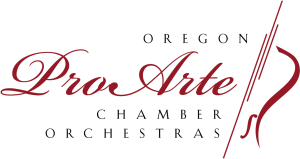Film Scores and Classical Music
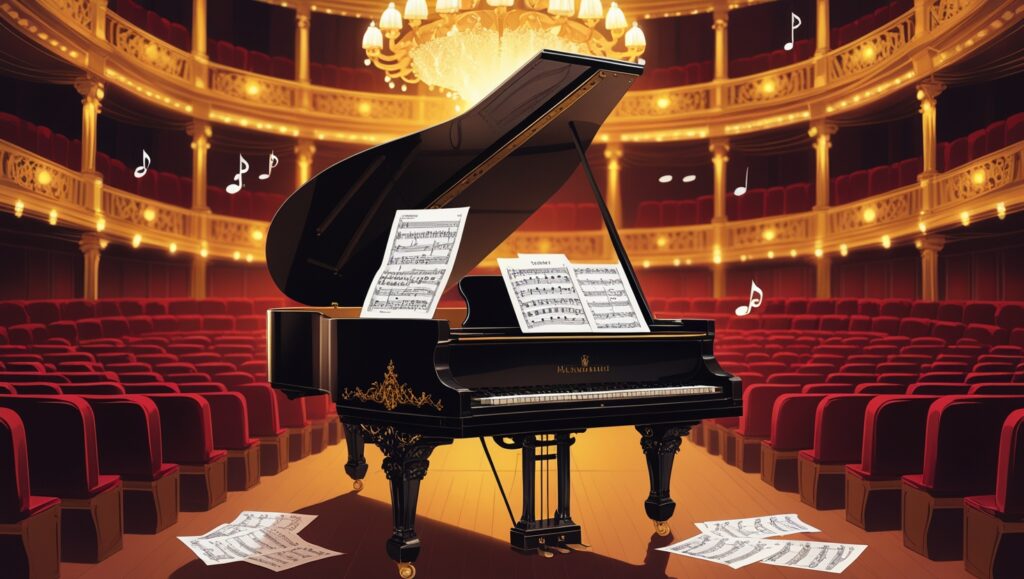
Many of the most celebrated film composers began their careers with classical training. A strong knowledge of music theory, orchestration, and composition is almost mandatory. It is this classical foundation that enables composers to tap into centuries of musical wisdom and innovation while doing something new for the movies. Late Ennio Morricone, who studied classical […]
The Classical Period
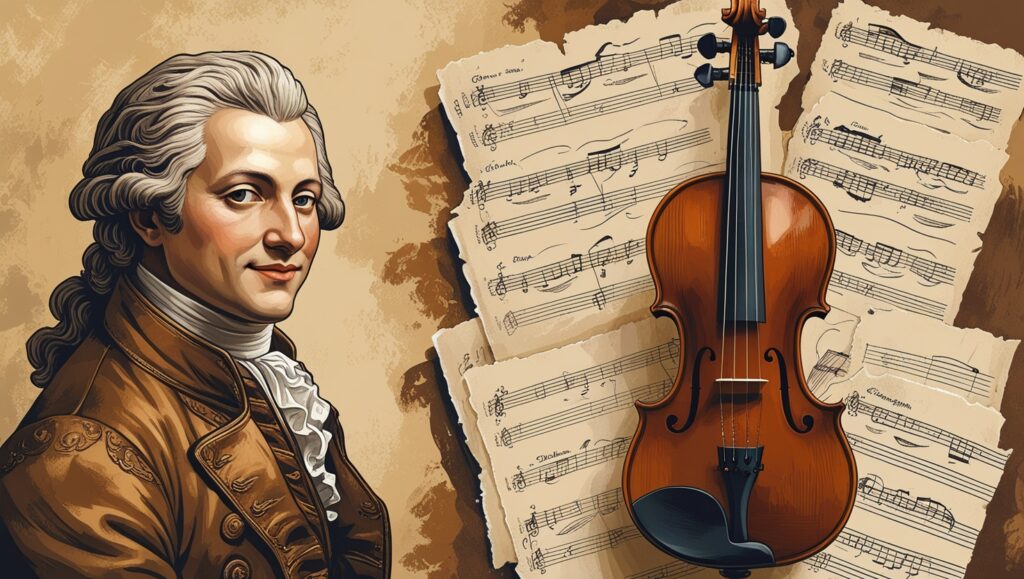
Symmetry and Formal Design The Classical era is famous for imposing order on musical composition with strict reverence for formal structures like sonata form, rondo, and theme-and-variations. Among these, sonata form shines as the fundamental concept, determining not just individual movements but entire works. A sonata ideally encompasses an exposition, development, and recapitulation, each section […]
The Baroque Period

During the Baroque period, ornamentation was a vital expressive tool that gave performers room to interpret and embellish the written score creatively. Composers often provided only the skeleton of a piece, expecting musicians to fill it out with personal embellishments that enhanced emotional impact. Ornaments like trills, mordents, appoggiaturas, and turns punctuated melodies, adding color […]
The Role of the Conductor in Classical Music Performance
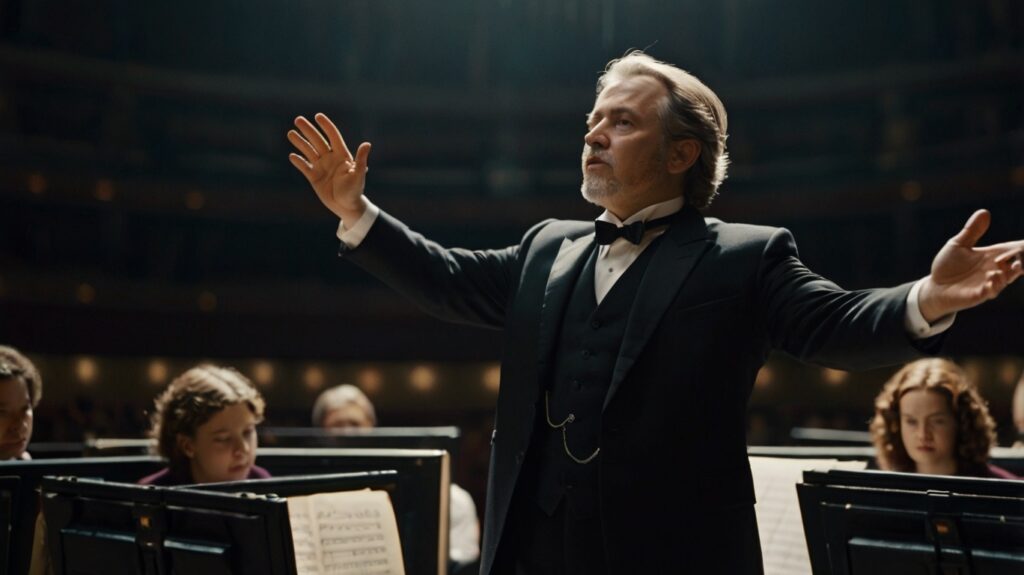
At the mention of classical music, thoughts often gravitate towards the musicians on stage, each one mastering his or her instrument with great skill. Yet one figure remains above all of this, bringing together each individual part into a cohesive whole – the conductor. His or her job is to forge an interpretation of the […]
Famous Symphonies and Their Impact on Culture
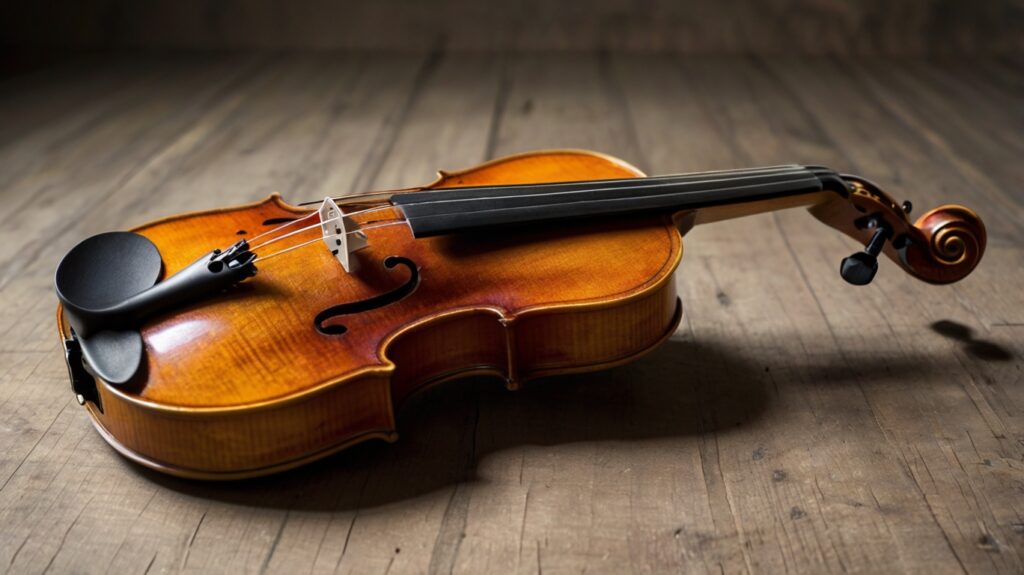
Famous Symphonies and Their Impact on Culture Beethoven’s Ninth Symphony This musical monument bridged the gap between the Classical and Romantic eras, unleashing an avalanche of music —something unheard of on this scale back then. The iconic “Ode to Joy,” in the last movement of the piece, serves as a universal anthem of hope and […]
The Romantic Era – Music Filled with Emotion and Expression
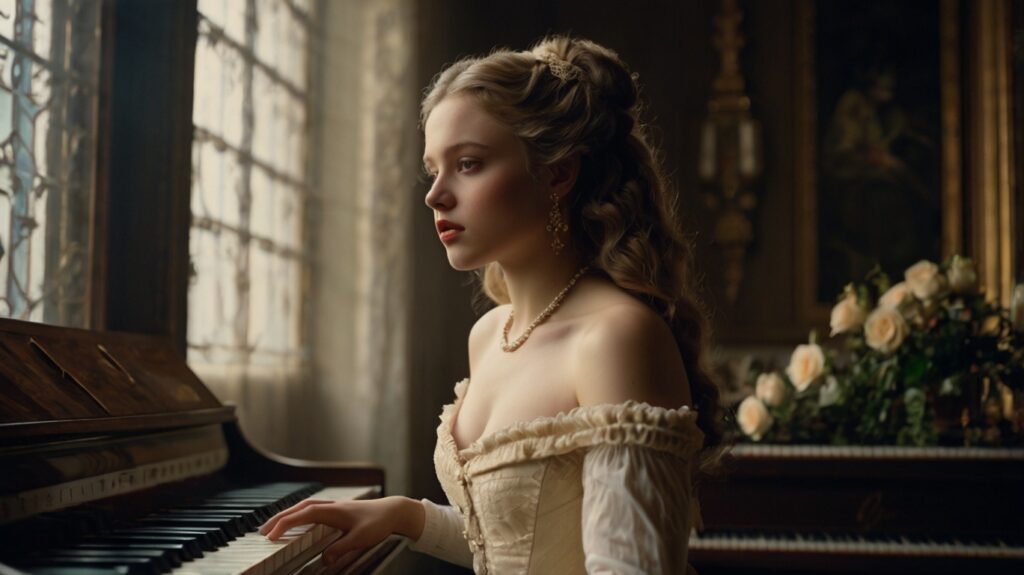
In music, the period preceding Romanticism was dominated by structure and balance. Composers such as Mozart and Haydn were almost fanatically law-and-order people. With the dawn of the 19th century, a new idea began to take hold. Musicians looked for liberty and wanted to break free from the tight boundaries of classical composition. The innovative […]
The Influence of Johann Sebastian Bach on Modern Music
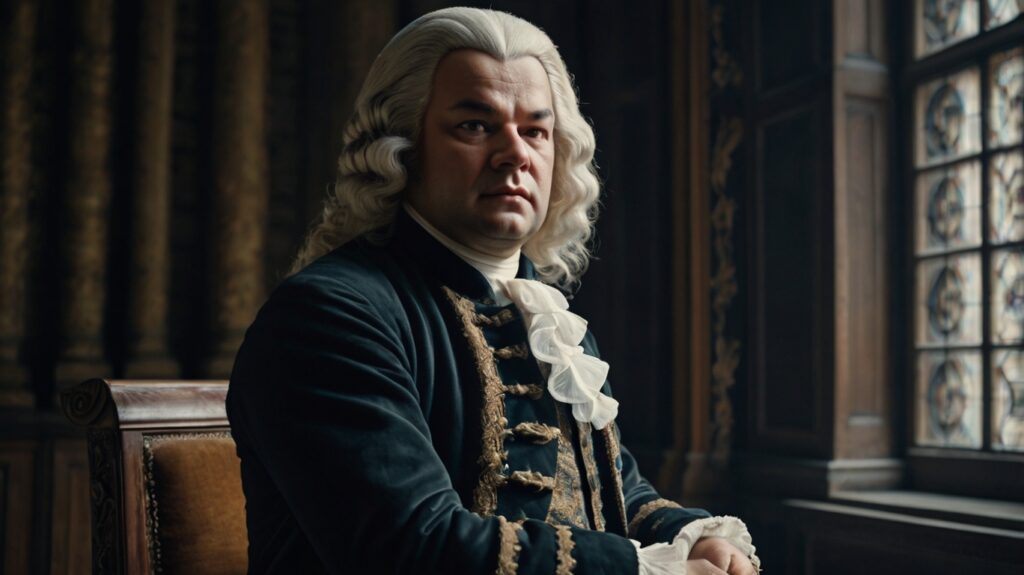
No one has ever surpassed Bach in this realm. To this day, the combining of independent voices into one musical whole has never been done so beautifully, and many musicians and composers have become influenced by that beauty. Much of the harmony found in contemporary music can be traced back to the innovative use of […]
The Development of Classical Music with Support of Patronage.

In classical music’s history, one significance has always been patronage. In the courts of Europe, throughout history, classical music very massively benefited from patronage. Artists, and especially composers and musicians, relied heavily on the assistance of the rich and powerful. Some of the great compositions of yesterday are the best illustrations of this dependency period. […]
Women Composers in Classical Music History
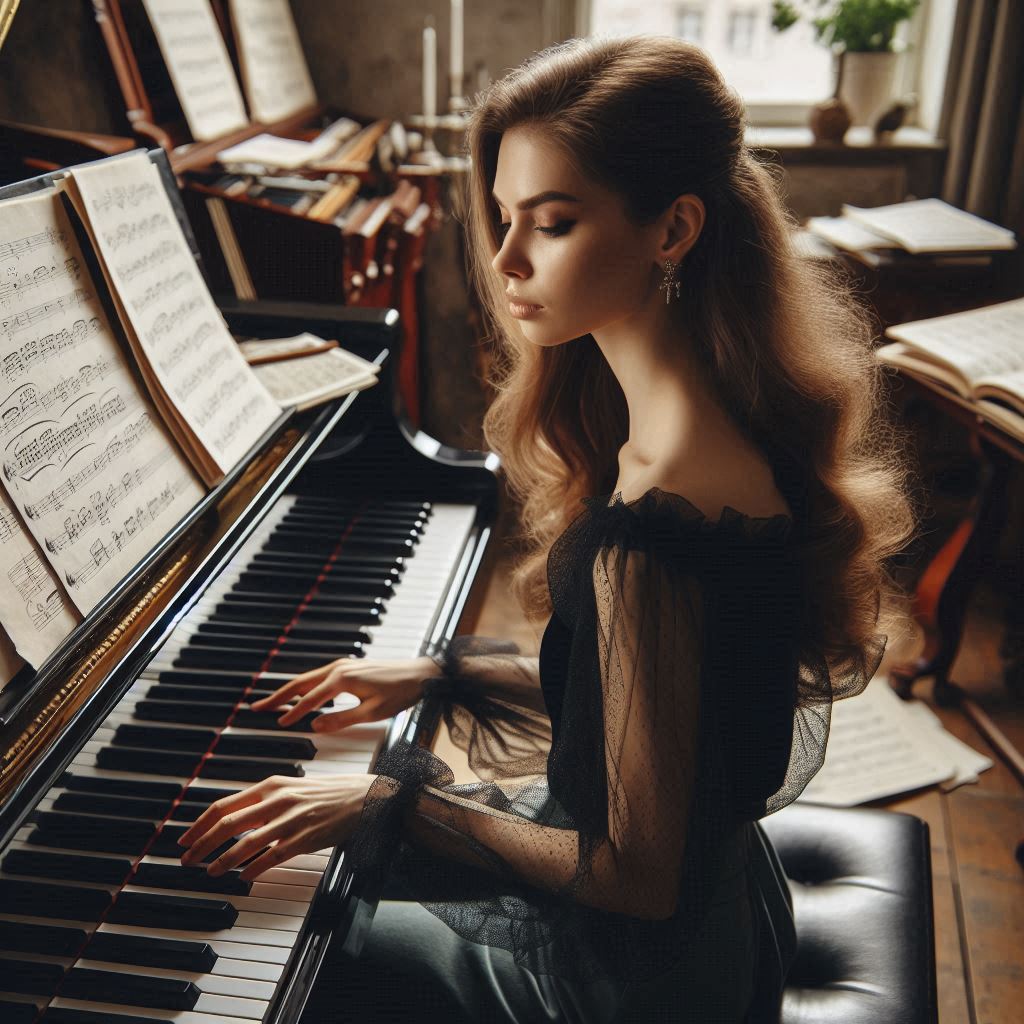
Women’s contributions to classical music have been immense throughout history. Many pieces of extraordinary beauty and complexity have been created by women. For too long, women composers were in the shadow of men, thanks to societal norms and historical biases. Women often had to confront the difficulty of achieving recognition in the same way that […]
The Works and Legacy of Wolfgang Amadeus Mozart

The Childhood Prodigy and Vienna Wolfgang Amadeus Mozart was one of the greatest musical geniuses. Born in Austria, he was a composer. Very nearly scarily young, he was already doing things in music that would change the classical genre forever. By that time, many kids were learning the alphabet. Mozart was born into the world […]
